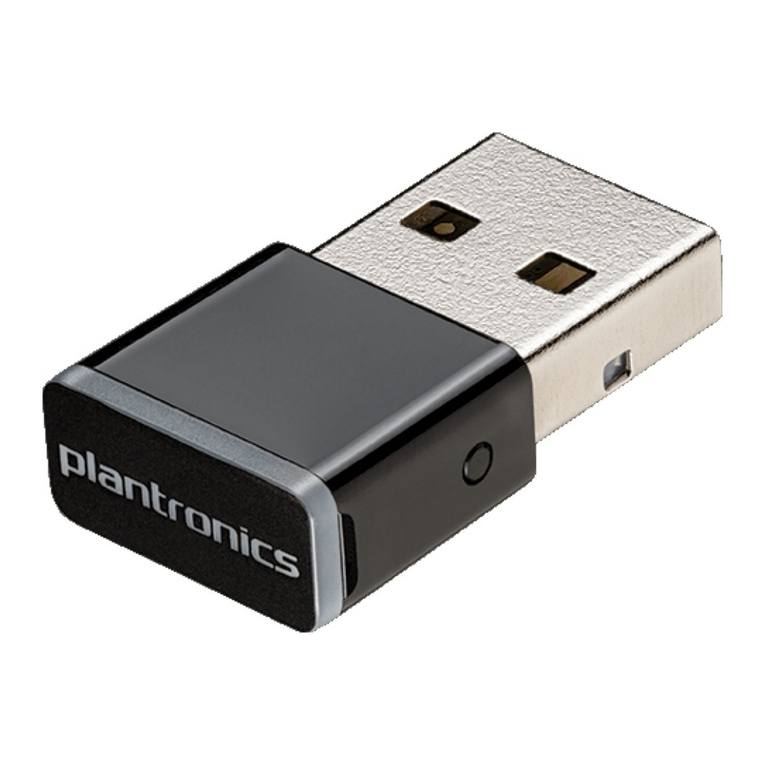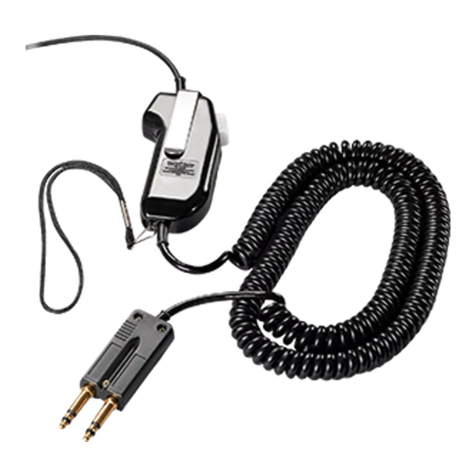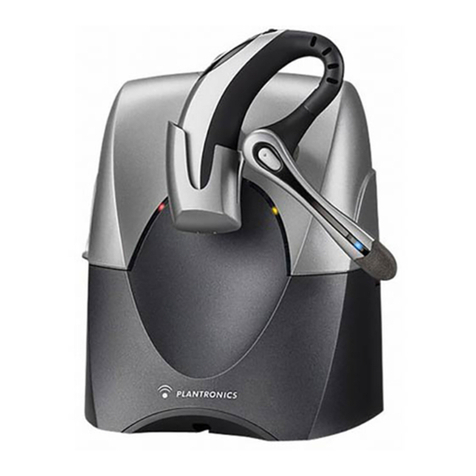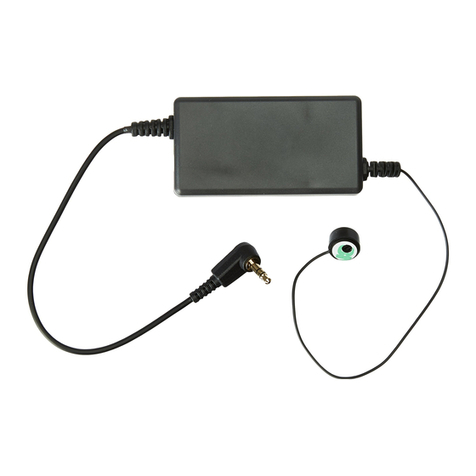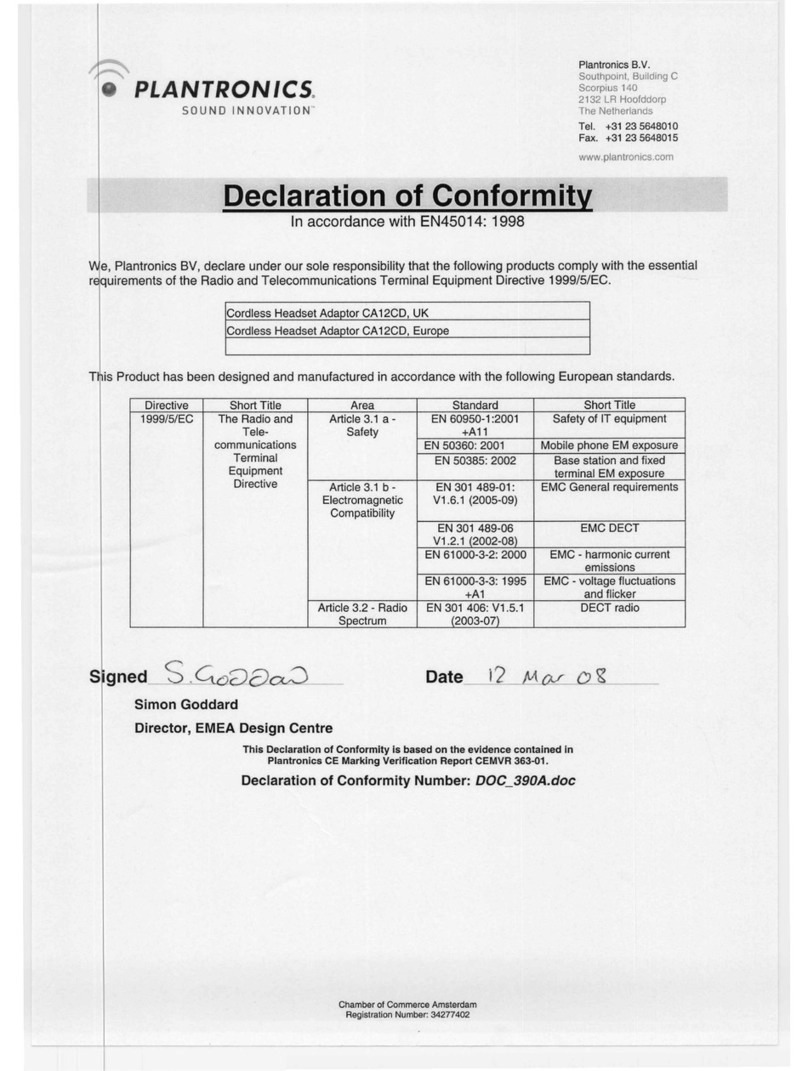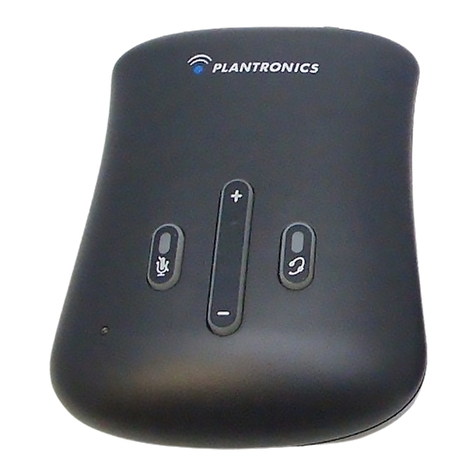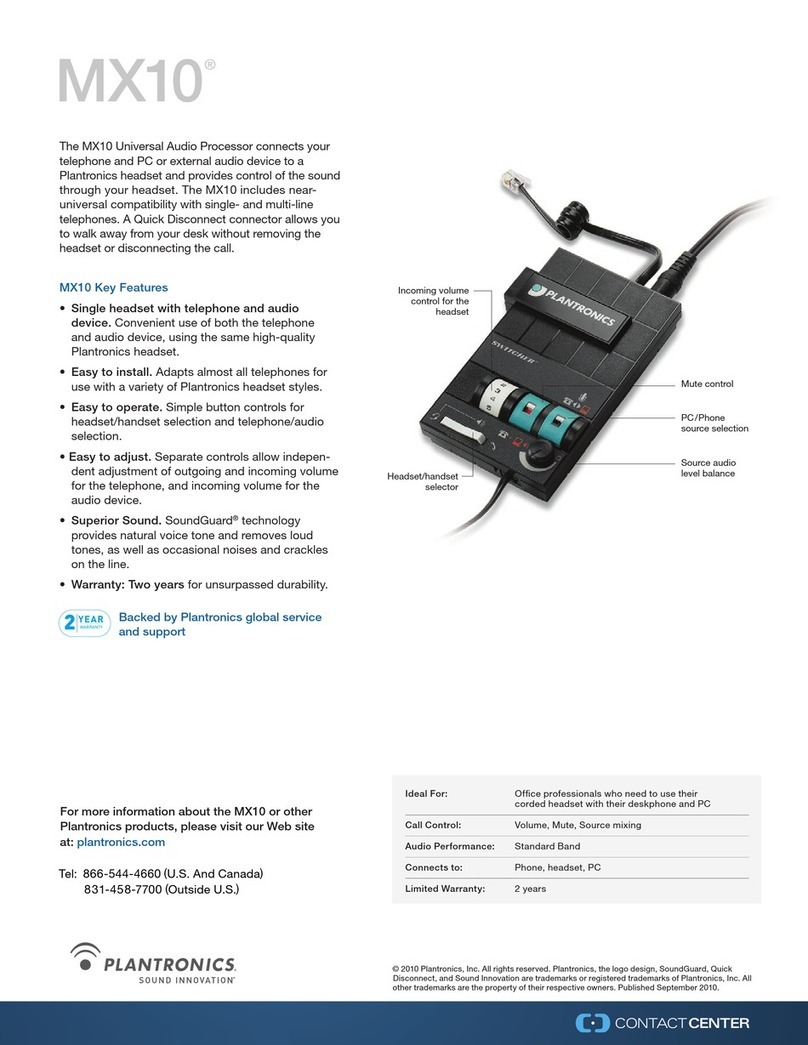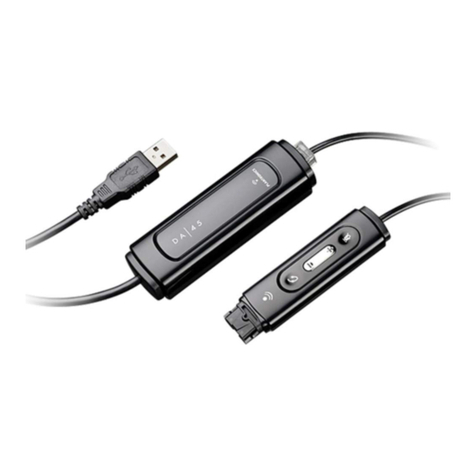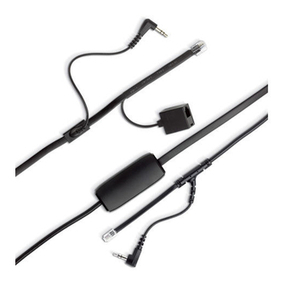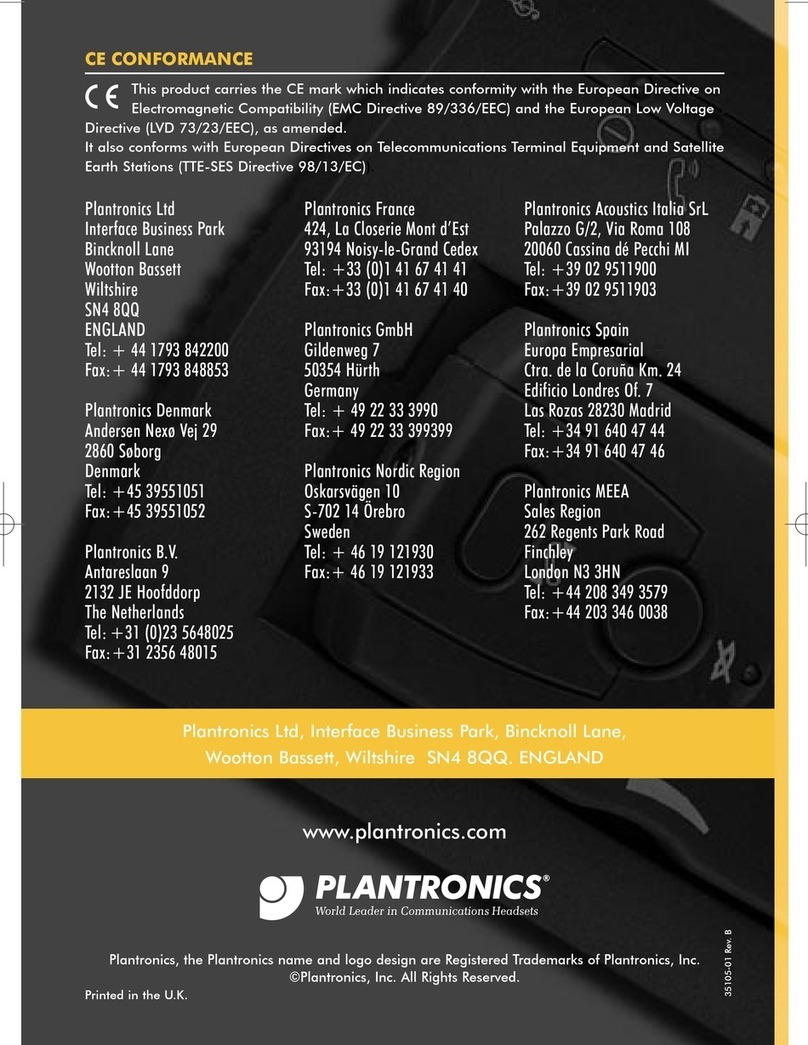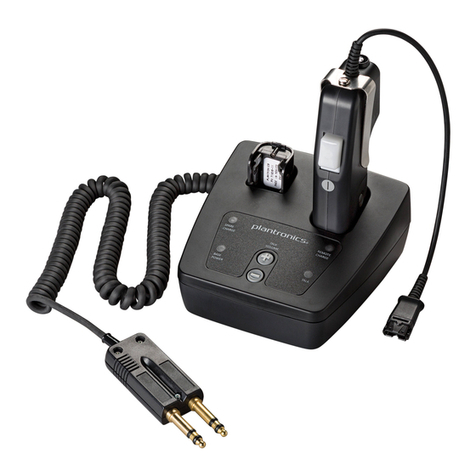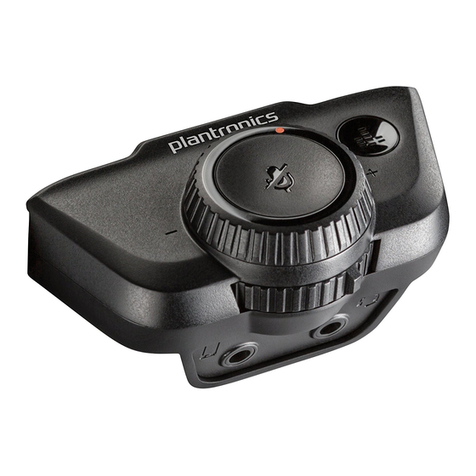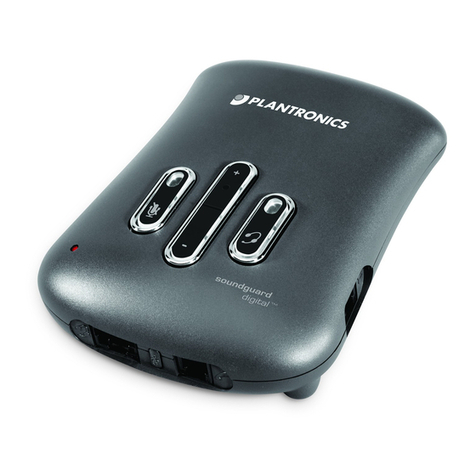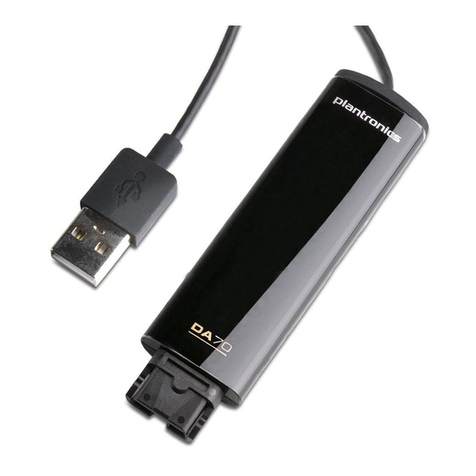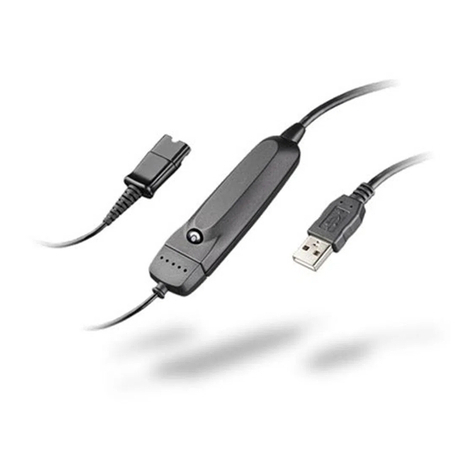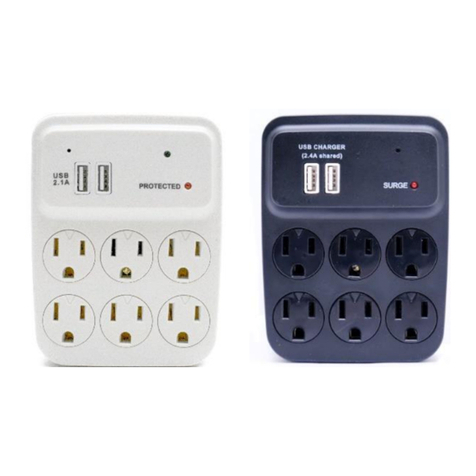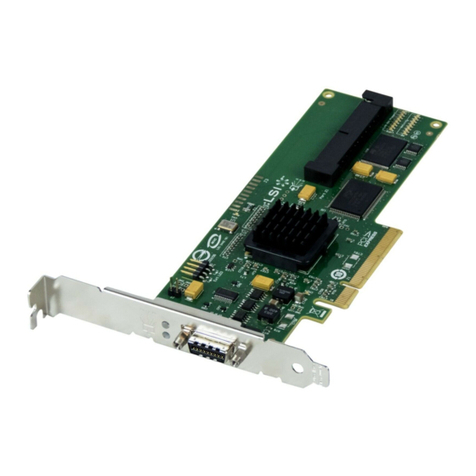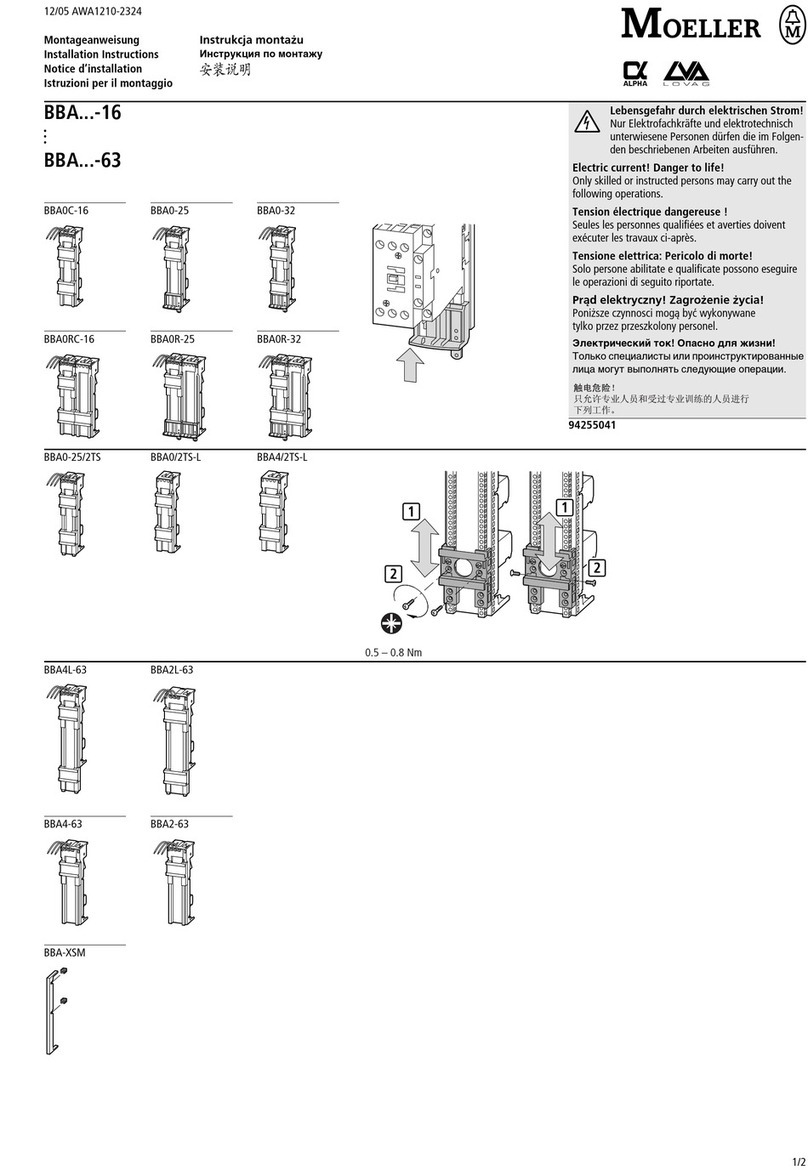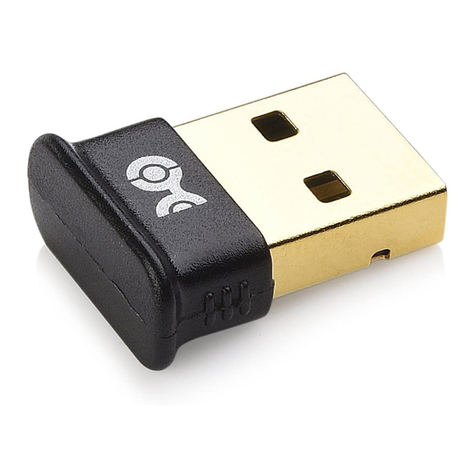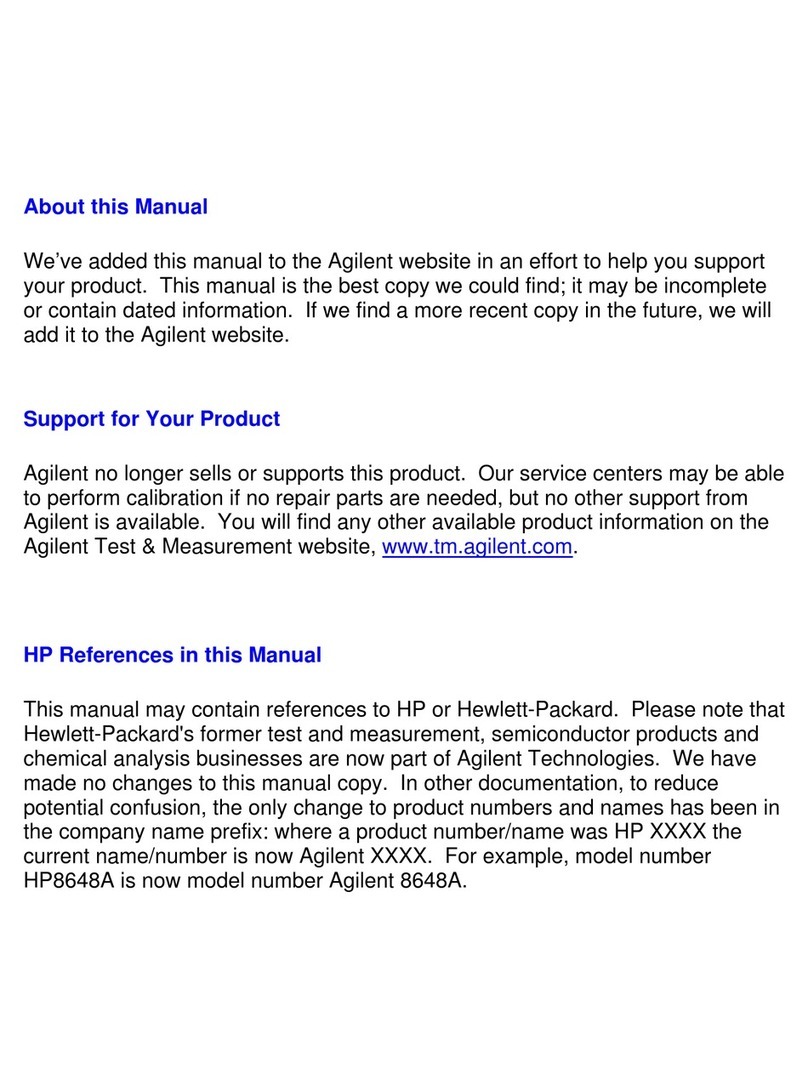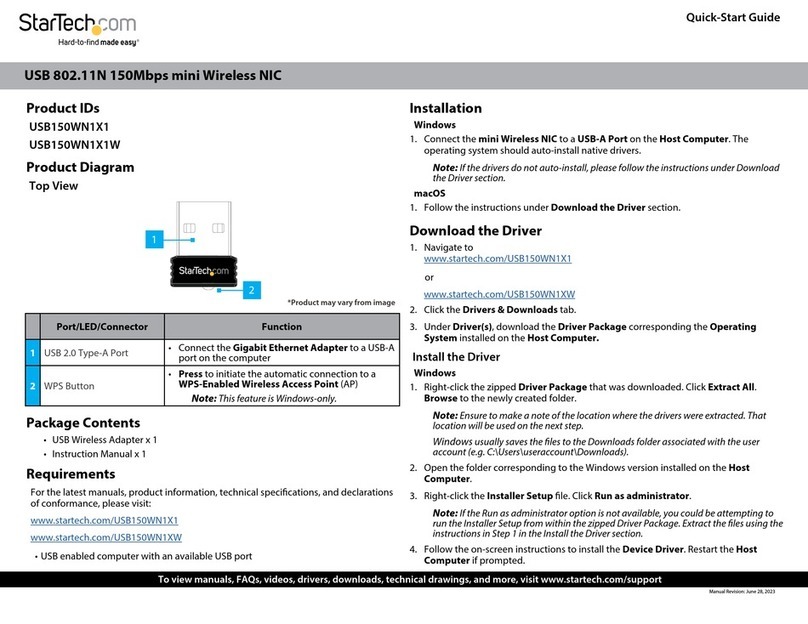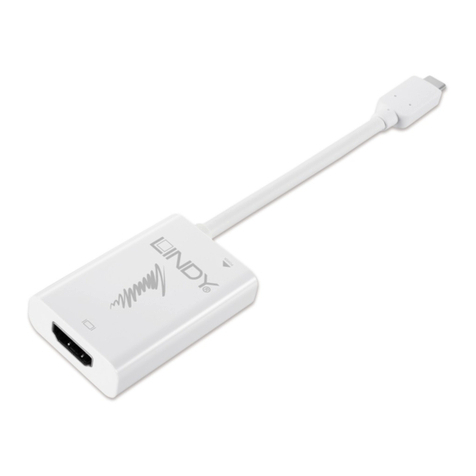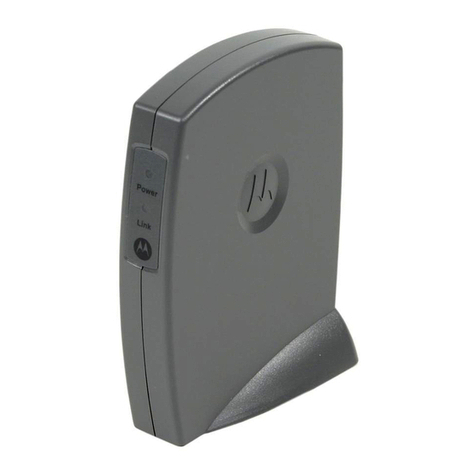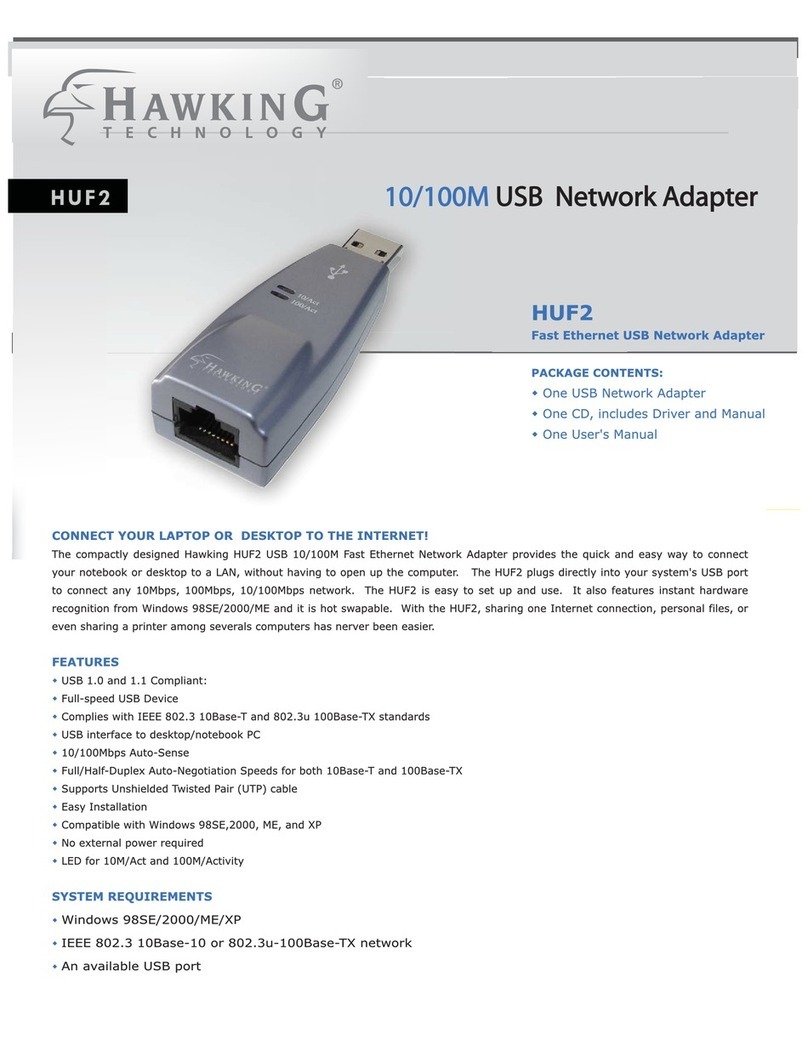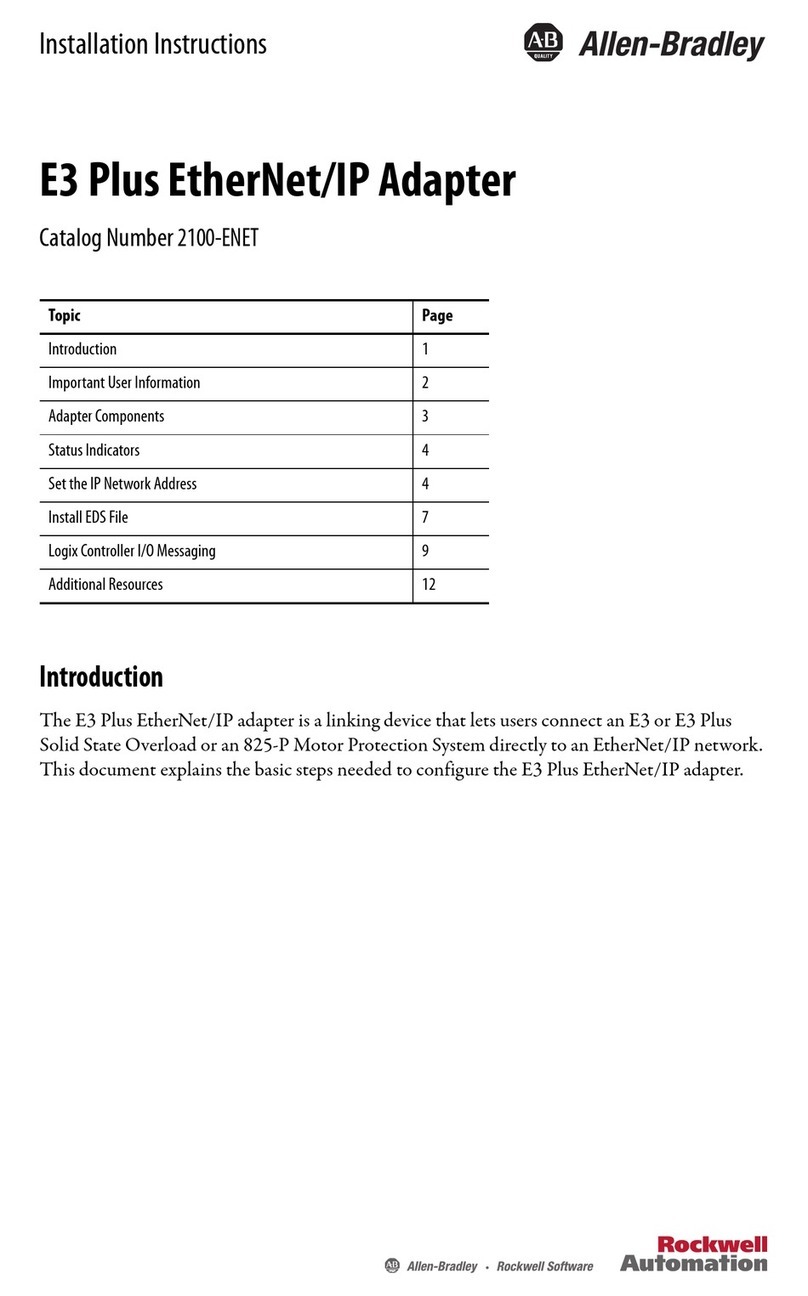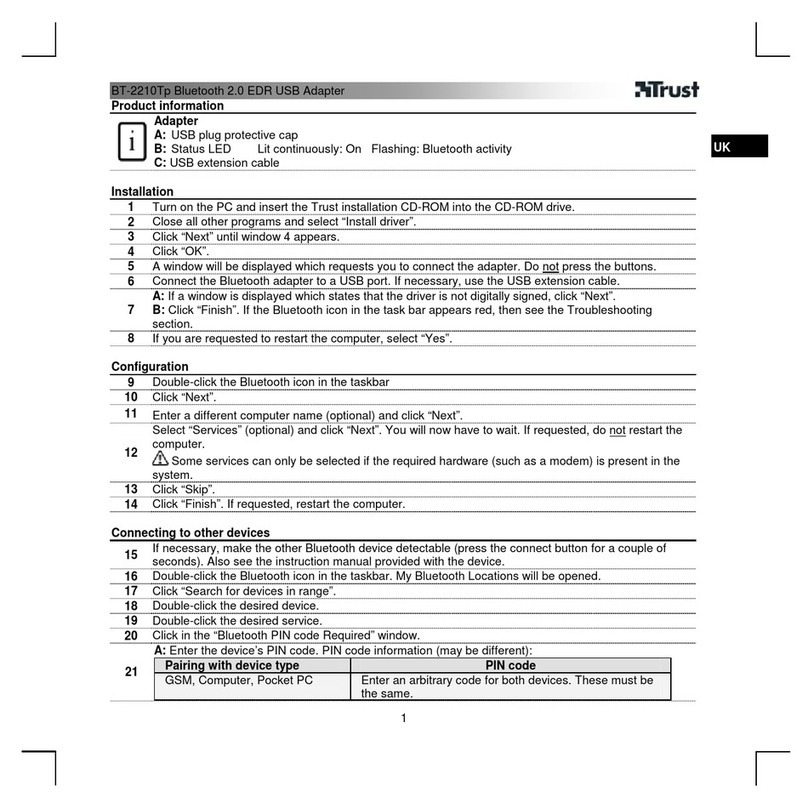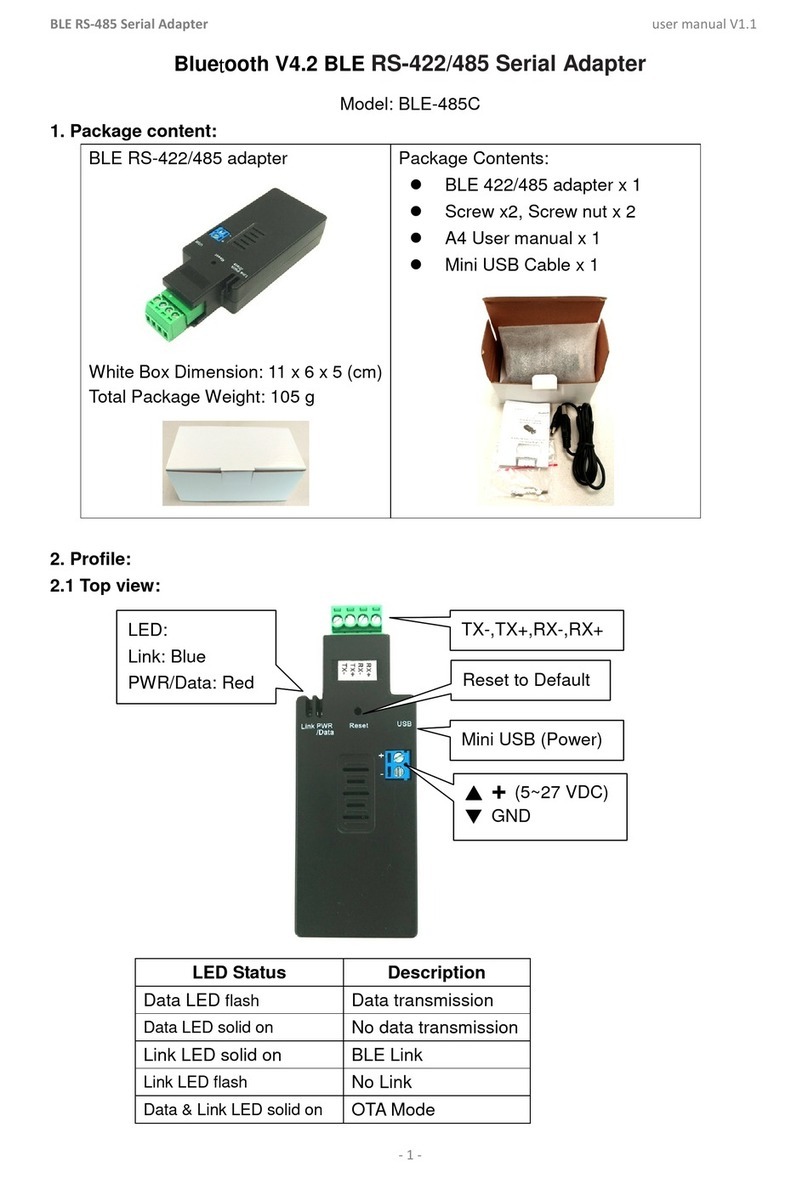
Revision: E CA12CD Product Summary 7 of 13 pages
pack. The LEDs show battery-charge status, power, and PTT status.
The sending controls consist of a configuration switch to emulate
the outputs of different microphone types and a sending-sensitivity
fine-adjust control. The receiving-sensitivity control selects among
four different sensitivity ranges, and the receiving sensitivity can be
fine-tuned by a control on the remote. The console interface cable
connects to the base via a 6-pin modular connector and is typically
wired on the console end with sending on the PJ-7 tips, receiving
on the sleeves, and PTT on the rings. When the user presses the
PTT switch on the remote unit, a relay is closed in the base that
places a short circuit across the PJ-7 rings. This short circuit “keys
up” the communications console to which the CA12CD is
connected and allows the user to transmit over the communications
radio.
The remote unit has a PTT switch, an On-Off switch with
incorporated LED, a metal belt clip, a receiving-sensitivity
fine-adjust control, and a twelve-inch cable terminated in a Quick
Disconnect to which any Plantronics H-Series headset can be
connected.
The On-Off switch enables audio and PTT. As long as the base is
powered up, the RF link is maintained regardless of whether
audio/PTT is enabled. Even when the base is powered down, the
remote will continue to run so that the link can be reestablished
should the base be turned on again. Therefore, to completely
power-down the remote unit, it is necessary to remove the battery.
The CA12CD/A and its variants operate in the European DECT
band of 1880 to 1900 MHz.
The CA12CD for North America also uses DECT technology, but it
operates in the Unlicensed Personal Communications Services
(UPCS) 1920- to 1930-MHz band.
The DECT protocol is used for its power efficiency, which allows
extended operation from a relatively small battery pack. A new,
freshly-charged battery will provide about eight hours of talk time.
